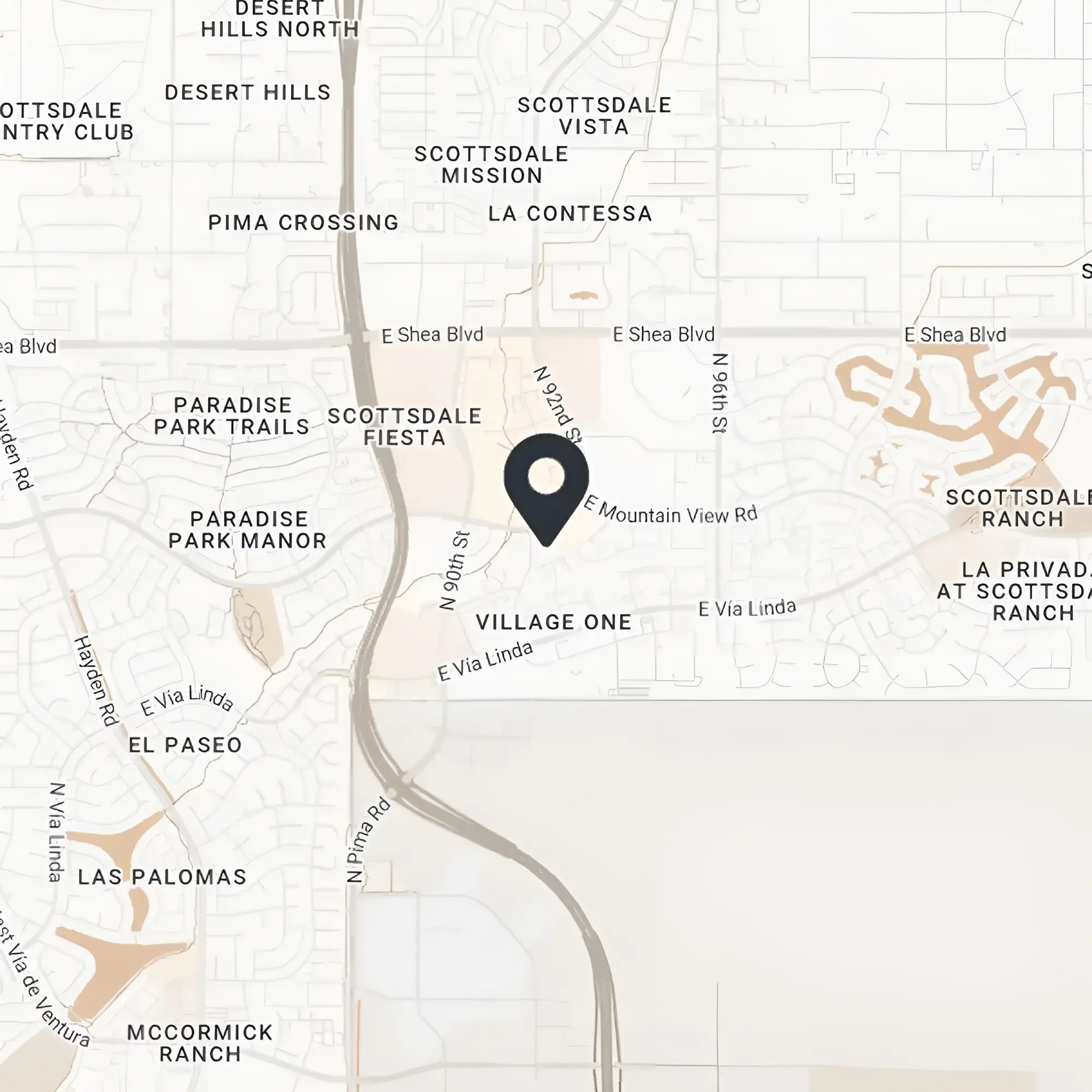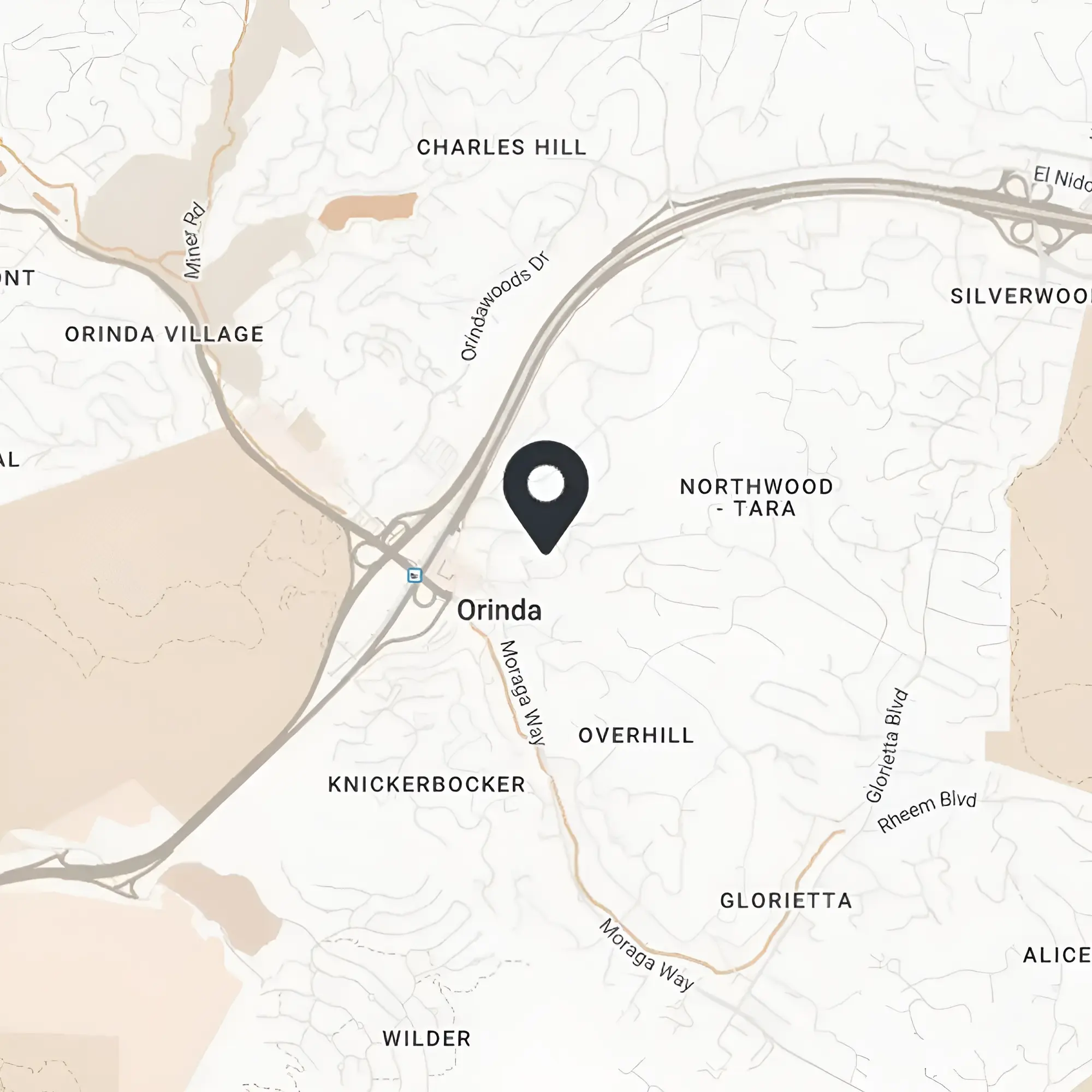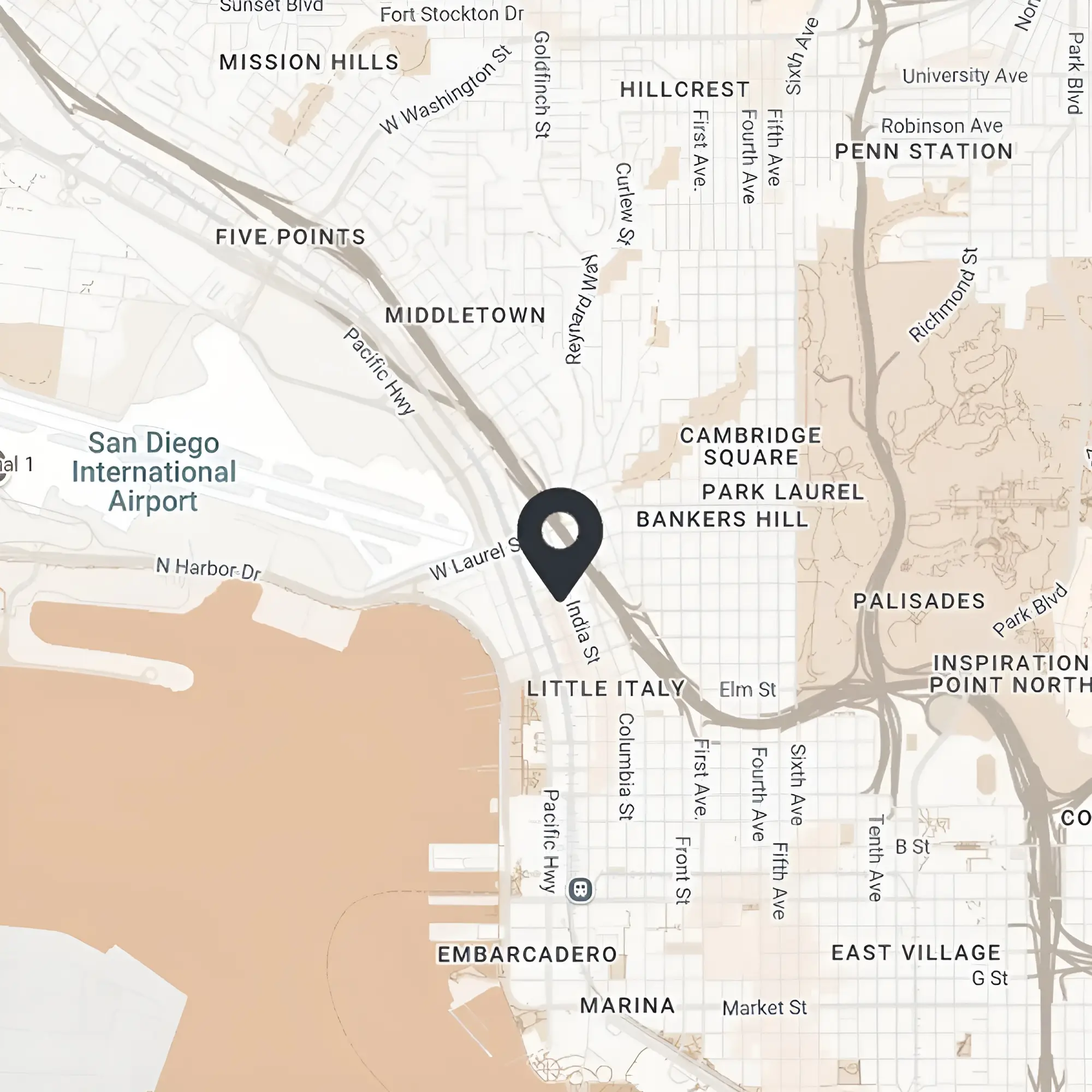Revision rhinoplasty, often referred to as secondary rhinoplasty, represents one of the most challenging procedures in facial plastic surgery. Patients seeking revision often present with a combination of aesthetic, functional, and emotional concerns stemming from prior unsuccessful surgeries. My approach to revision rhinoplasty centers on simplifying these complexities through meticulous planning, careful execution, and patient-centered care.
Understanding the Patient's Needs
The foundation of a successful revision rhinoplasty lies in a thorough and detailed consultation process. Each patient carries a unique history and set of expectations. Therefore, my approach begins with:
Comprehensive Assessment: I evaluate the structural and aesthetic issues caused by the previous surgery, including functional impairments such as breathing difficulties.
Listening to Patient Goals: I take the time to understand the patient's desires and concerns, balancing realistic expectations with surgical possibilities.
Detailed Medical History: Understanding prior surgical interventions and how these impact the anatomy is crucial for planning.
Preoperative Planning
Once I have a clear understanding of the patient’s needs, I focus on creating a customized surgical plan. This planning phase includes:
Advanced Simulation Imaging: I use imaging technology to visualize the nasal structure and provide a realistic goal for patients.
Precise Goal Setting: Identifying clear goals for both functional improvement and aesthetic refinement.
Material Selection: Many revision cases require rib grafts. I prefer to use Donor rib cartilage for consistent and reliable results without any additional incisions or pain for my patients.
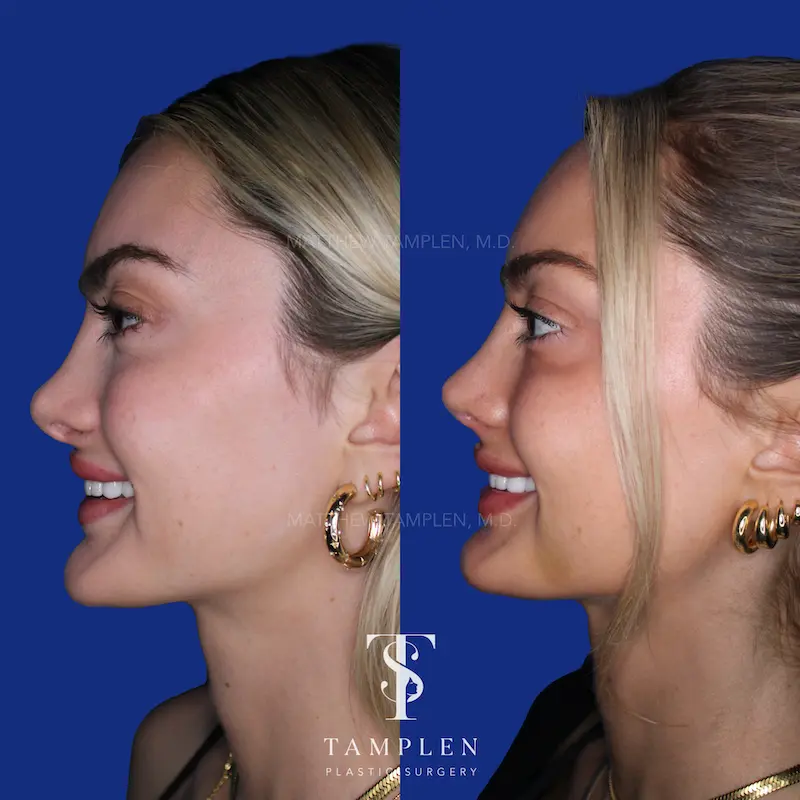
Revision Rhinoplasty - Nasal Surgery Patient
Simplifying Surgical Techniques
Revision rhinoplasty involves addressing scarring, anatomical distortions, and compromised nasal structures. My surgical technique focuses on simplifying the following complexities:
1. Addressing Scar Tissue
Scar tissue from previous surgeries can obscure normal anatomy and complicate dissection. My approach involves careful, layer-by-layer dissection to preserve as much natural tissue as possible while removing obstructive scar tissue.
2. Structural Reinforcement
In many revision cases, nasal support structures have been compromised. I prioritize restoring and reinforcing these structures using my signature nasal tip support technique
Cartilage Grafting: To rebuild the nasal framework and ensure long-term stability.
Spreader Grafts: To improve the internal nasal valve and enhance breathing.
Tip Support: With a caudal septal extension graft
Articulated rim grafts acting as internal breathe right strips and reducing nostril show..
3. Correcting Aesthetic Irregularities
Aesthetic concerns, such as asymmetry or irregular contours, are addressed through precise reshaping and contouring. Key techniques include:
Camouflage Grafts: To smooth out irregularities and create a harmonious nasal profile.
Osteotomies: For reshaping the nasal bones to correct width or alignment issues.
4. Minimizing Patient Downtime
While revision rhinoplasty is inherently complex, my approach aims to minimize recovery time through:
Meticulous Surgical Technique: Reducing trauma to surrounding tissues.
Enhanced Postoperative Care: Providing clear instructions and follow-ups to support optimal healing.
Substantial nasal support with cartilage grafting.
Postoperative Care and Follow-Up
The journey to a successful outcome extends beyond the operating room. Postoperative care includes:
Regular Check-Ins: Monitoring healing progress and addressing any concerns promptly.
Patient Education: Ensuring the patient understands the recovery timeline and follows aftercare instructions diligently.
Achieving Long-Term Satisfaction
My approach to revision rhinoplasty is centered on restoring both form and function, ensuring patients not only breathe better but also feel more confident in their appearance. Simplifying complex nasal surgery is not about taking shortcuts but rather about applying precise, patient-specific techniques to achieve predictable and satisfying results.
For patients who have experienced dissatisfaction from prior rhinoplasty procedures, revision surgery can be transformative. By prioritizing careful planning, innovative techniques, and compassionate care, I aim to turn surgical challenges into opportunities for success.
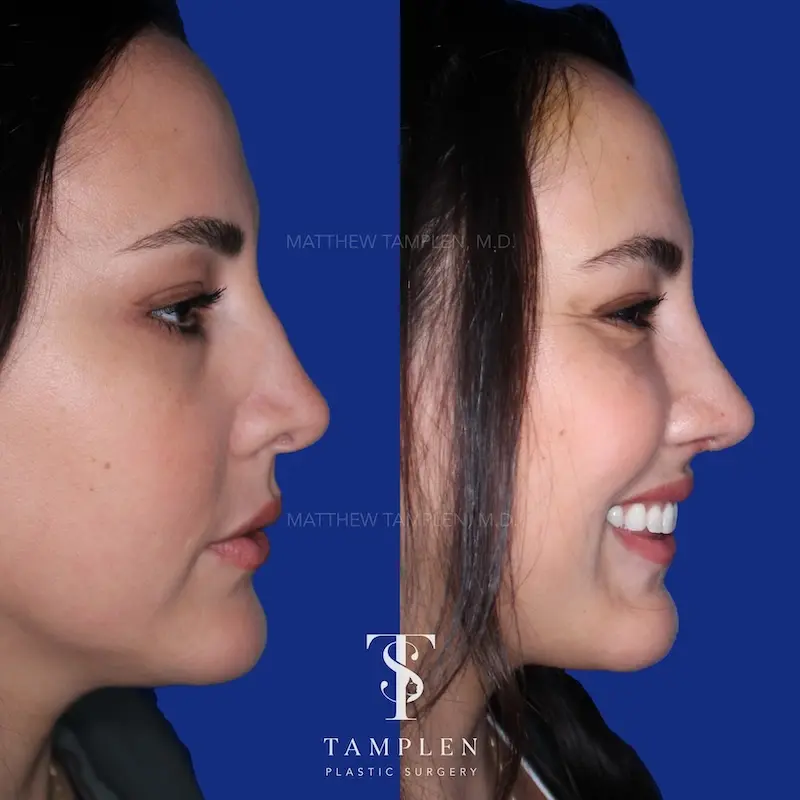
Revision Rhinoplasty - Nasal Surgery Patient
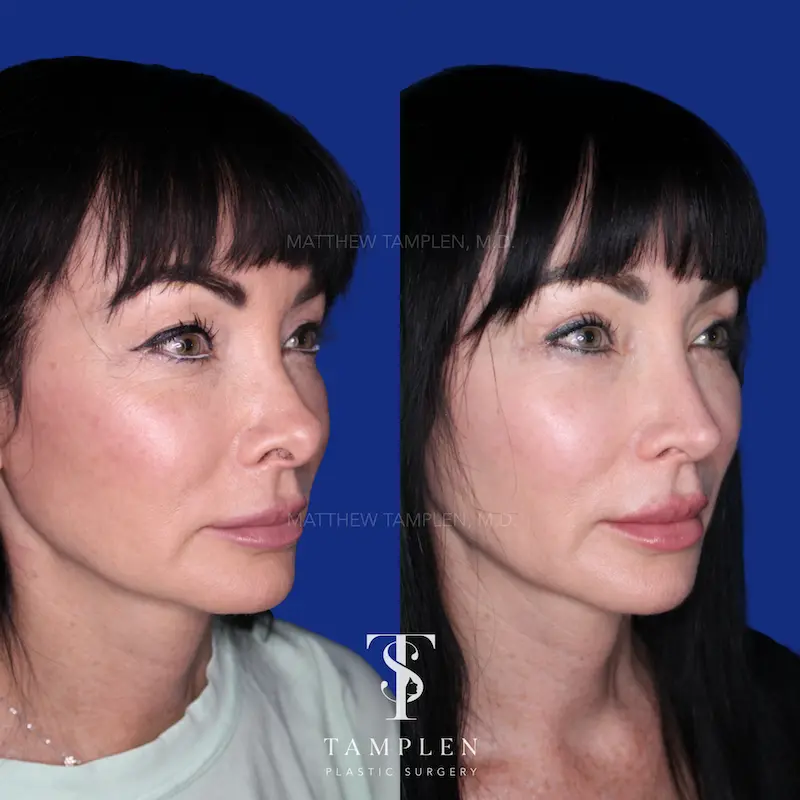
Revision Rhinoplasty - Nasal Surgery Patient
